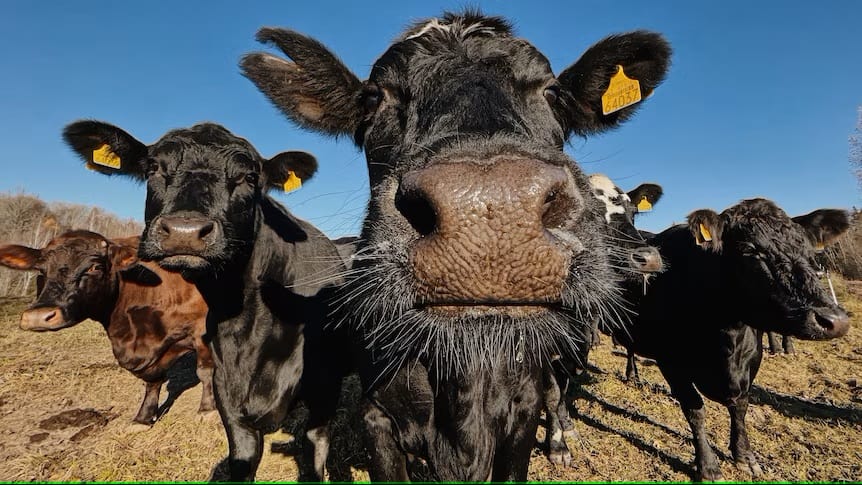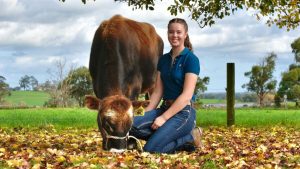
Two respected organisations within Australian agriculture have released two very different forecasts on the nation’s cattle herd.
The national commodity forecaster, ABARES, says Australia’s cattle herd is expected to fall slightly this year to 25.7 million head.
But Meat and Livestock Australia (MLA) says the cattle herd will fall slightly this year to 28.6 million head.
That’s two forecasts on Australia’s cattle herd — with a size difference of nearly 3 million head.
What’s happening?
ABARES said its herd forecast was “quite different” to MLA’s “because MLA does not use the latest herd data from the Australian Bureau of Statistics (ABS). Instead they generate their own estimates off the ABS data.”
MLA said the difference was because ABARES (and the ABS) did not include cattle businesses with a turnover of less than $40,000, and it did.
ABARES executive director Jared Greenville said he was aware of the difference and that his organisation was working with ABS to create an Agriculture Statistics Working Group “to try to resolve some of the issues and get to a point where there’s a common understanding of what the national herd and flock is.”
“We have confidence in the ABS numbers,” he said.
“I think the truth [on cattle herd size number] will be somewhere in between [the MLA and ABARES forecast] … but the commitment is now across different agencies to get this right and come up with the one estimate.”
Does size matter?
MLA and ABARES have historically had similar numbers on cattle slaughter estimates but have long differed on herd size predictions.
Chief executive of Consolidated Pastoral Company, Troy Setter, said getting an accurate herd number was important for the industry.
“I find it amazing and not acceptable that ABARES and MLA are nearly 3 million head of cattle apart,” he said.
“We have world-leading traceability and animal identification systems … we owe it to everyone in the red meat industry, including our customers, to accurately know how many cattle we have in Australia.”
Livestock analyst Simon Quilty has been critical of MLA’s numbers before and said the huge difference between the herd outlooks was a problem that sent the wrong message to global markets.
“Last year was a hard year for selling meat,” Mr Quilty said.
“In every market around the world we were getting less money [per kilo], and now [MLA] is telling the world we’ve got more meat so sit back and wait.”
Mr Quilty believed the MLA herd size and slaughter ratios did not make sense.
“I think a 7.02-million-head cattle slaughter points to a moderate herd size of about 25.5 million head, not a large herd size of 28.7 million,” he said.
ABC Landline has spoken to other analysts on this topic with some agreeing with Mr Quilty, but one felt the herd could actually be higher than the MLA projection.
Everyone agreed that getting the numbers right was important, but was clearly challenging.
























